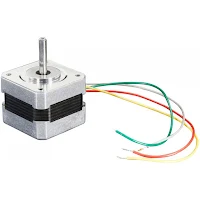The board includes 500mA fuse protection, EMI filtering, power LED indicator, RX and TX LED indicators, and a voltage level shifter that makes it compatible with 3.3V and 5V boards. This way you don't need to check the jumper if it outputs 5 or 3.3V so you don't risk burning your microcontroller. It works with both voltages.
Update: 2024, March, 6: I made another serial adapter build around FT231 which require less components since it is 5V tolerant and is also cheaper. It is part of a development board: https://www.programming-electronics-diy.xyz/2023/06/breadboard-development-board-for-avr.html#USB_Interface.






